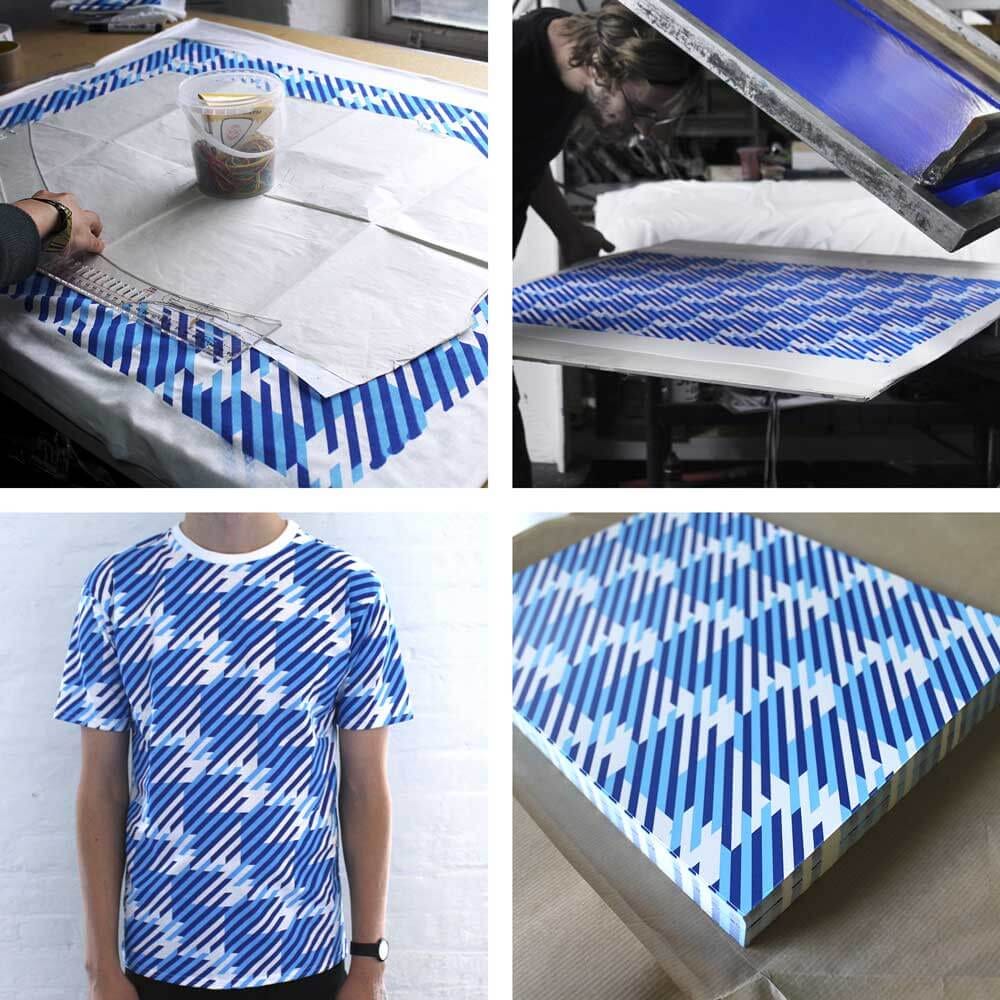

It is used for the manufacturing steps of the PCB assembly process. In this method, an inkjet printer is used to print the silkscreen on the PCB with acrylic ink.Īlthough PCB Silkscreen application is performed during PCB board fabrication. The process is similar to the method used to apply solder mask and involves exposing an imageable film to UV (ultraviolet) light.


Silkscreen Printing is done when the PCB boards are still panelized prior to the application of the final finish or routing or V-cut.
#Silkscreen process code
We prefer to place our logo and date code (WWYY) on an Silkscreen layer. If you require these markings to be placed in a specific area or omitted, you need to specify it in the PCB readme.txt file, in a fabrication drawing or in your communications with the PCB manufacturer. But just because you know the PCB Board will also double as a backlit equipment faceplate with your company logo doesn’t mean your PCB manufacturer will. Although there are no strict standards for where these markings appear, PCB manufacturers will generally try to place them in non-critical areas. PCB Manufacturers are required by IPC to provide both a manufacturer’s mark and an identifier which will allow for lot tracing should problem occur. Now, many packages allow for all available system fonts to be used.
#Silkscreen process software
If the sourced non-standard colors do not be used out in your PCB Fabrication, they will be expired soon counting in hours.Īt one time, PCB CAM software allowed for a few standard fonts on PCB surface to be used in silkscreen layers. Why? Generally, these non-standard colors are not commonly required and need take time to source such inks. Non-standard colors can be requested but will impact your cost and lead-time. Standard colors are black, white and yellow. PCB Silkscreen requires specially formulated inks. You need to know the work required to produce two Silkscreen is simply twice as much as one side printing. It is common to have Silkscreen required for the solder side. Silkscreen is normally to identify components, test points, PCB and PCB Assembly part numbers, warning symbols, company logos and manufacturer marks. Most Printed Circuit Boards have a component legend to show which component goes where to placement.


 0 kommentar(er)
0 kommentar(er)
